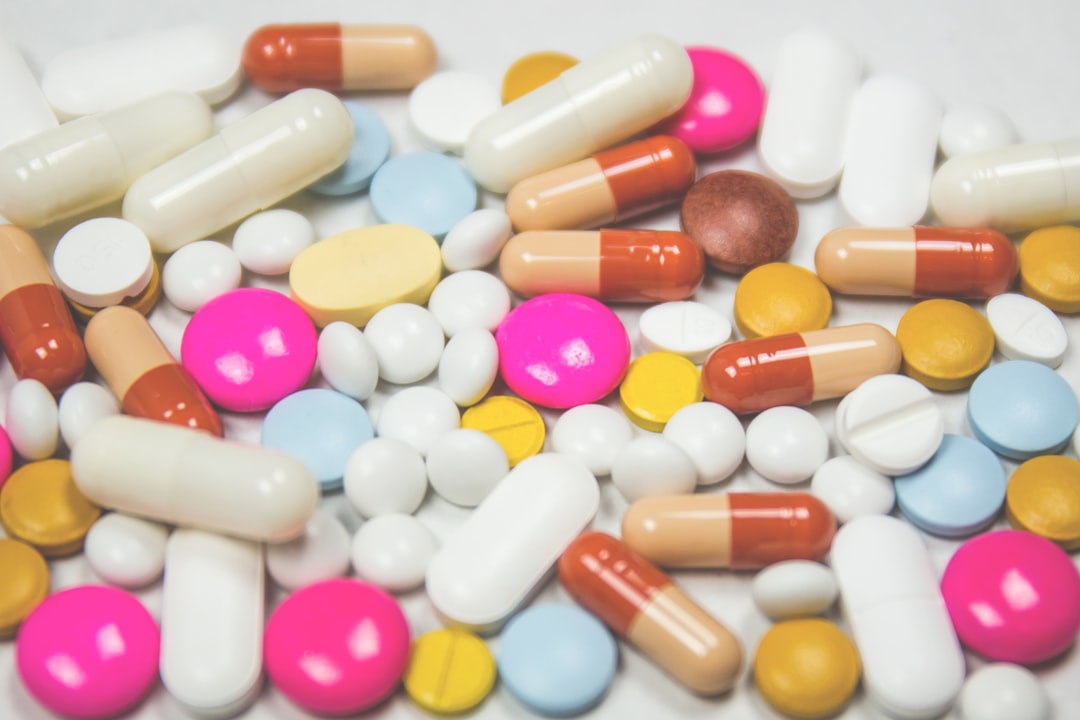What is it about?
The therapy of Type 2 Diabetes Mellitus (T2DM) stays a challenging issue. During the last decade, there has been an interest in the expansion of anti-diabetic drugs especially those of natural sources. Thus, the aim of this study was to assess the anti-hyperglycemic and the anti-hyperlipidemic effects as well as the anti-oxidant activities of navel orange hydroethanolic extract and its constituting flavonoids naringin and naringenin on nicotineamide (NA)/streptozotocin (STZ)-induced type 2 diabetic rats. To induce T2DM, 16 h-fasted rats were intraperitoneally injected with STZ at dose of 50 mg/kg body weight (b. w.), 15 min after the intraperitoneal administration of NA (120 mg/kg b. w.). The NA/STZ-induced type 2 diabetic rats were orally treated with navel orange peel hydroethanolic extract, naringin and narengenin at dose level of 100 mg/kg b. w./day for 4 weeks. The treatments with navel orange peel hydroethanolic extract, naringin and narengenin potentially alleviated the lowered serum insulin and C-peptide levels, the depleted liver glycogen content, the elevated liver glucose-6-phosphatase and glycogen phosphorylase activities, the deteriorated serum lipid profile, and the suppressed liver antioxidant defense system of NA/STZ-induced type 2 diabetic rats. The treatments also enhanced the mRNA expression of insulin receptor b-subunit, GLUT4 and adiponectin in adipose tissue of STZ/NA-induced type 2 diabetic rats. In conclusion, the navel orange peel hydroethanolic extract, naringin and naringenin have potent antidiabetic effects in NA/STZ-induced type 2 diabetic rats via their insulinotropic effects and insulin improving action which in turn may be mediated through enhancing insulin receptor, GLUT4 and adiponectin expression in adipose tissue.
Featured Image

Photo by Saifullah Munqad on Unsplash
Why is it important?
The treatments of NA/STZ-induced type 2 diabetic rats with navel orange peel hydroethanolic extract, naringin and narengenin potentially alleviated the lowered serum insulin and C-peptide levels, the depleted liver glycogen content, the elevated liver glucose-6-phosphatase and glycogen phosphorylase activities, the deteriorated serum lipid profile, and the suppressed liver antioxidant defense system of NA/STZ-induced type 2 diabetic rats. The treatments also enhanced the mRNA expression of insulin receptor b-subunit, GLUT4 and adiponectin in adipose tissue of STZ/NA-induced type 2 diabetic rats. In conclusion, the navel orange peel hydroethanolic extract, naringin and naringenin have potent antidiabetic effects in NA/STZ-induced type 2 diabetic rats via their insulinotropic effects and insulin improving action which in turn may be mediated through enhancing insulin receptor, GLUT4 and adiponectin expression in adipose tissue.
Perspectives
The therapy of Type 2 Diabetes Mellitus (T2DM) stays a challenging issue. During the last decade, there has been an interest in the expansion of anti-diabetic drugs especially those of natural sources. Thus, the aim of this study was to assess the anti-hyperglycemic and the anti-hyperlipidemic effects as well as the anti-oxidant activities of navel orange hydroethanolic extract and its constituting flavonoids naringin and naringenin on nicotineamide (NA)/streptozotocin (STZ)-induced type 2 diabetic rats.
Prof. Dr. Osama M Ahmed
Physiology Division, Zoology Department, Faculty of Science, Beni-Suef University, Egypt
Read the Original
This page is a summary of: Navel orange peel hydroethanolic extract, naringin and naringenin have anti-diabetic potentials in type 2 diabetic rats, Biomedicine & Pharmacotherapy, October 2017, Elsevier,
DOI: 10.1016/j.biopha.2017.07.094.
You can read the full text:
Contributors
The following have contributed to this page










